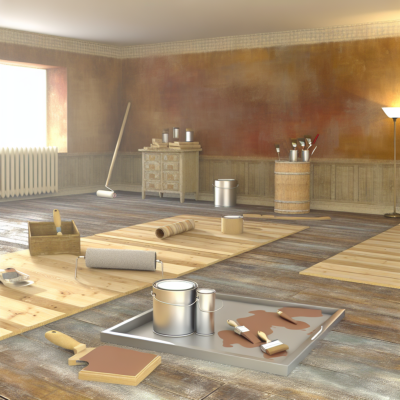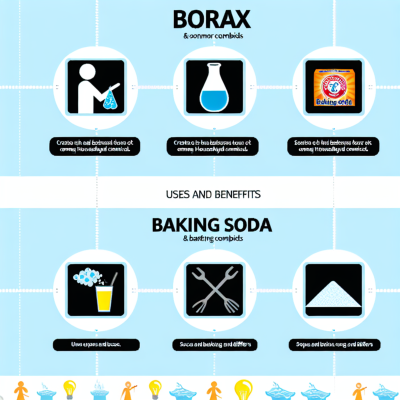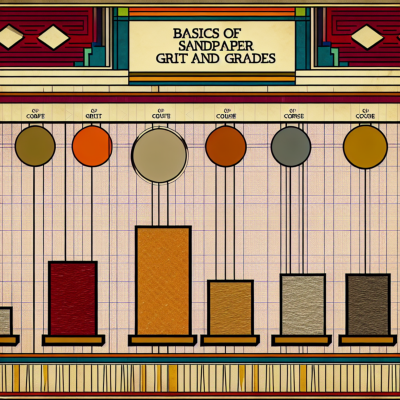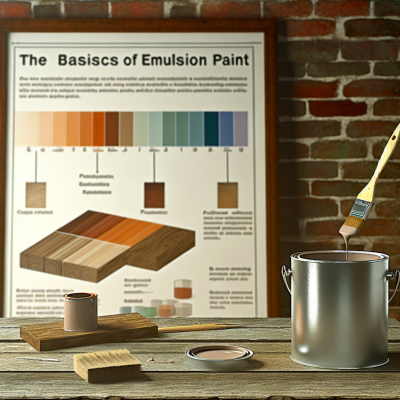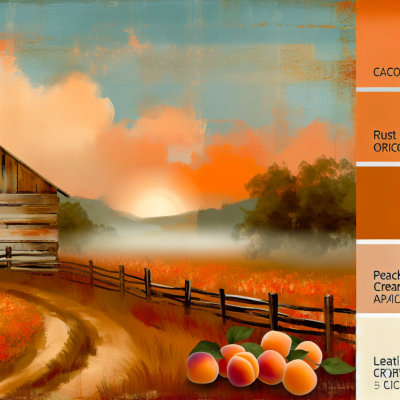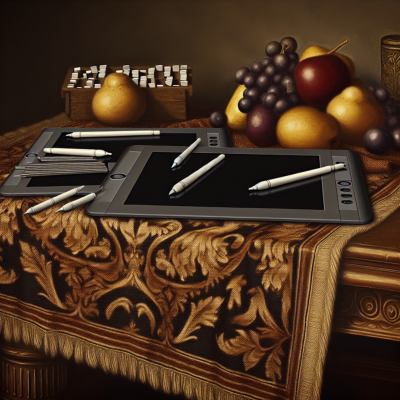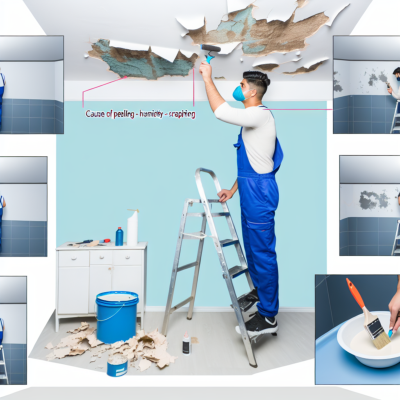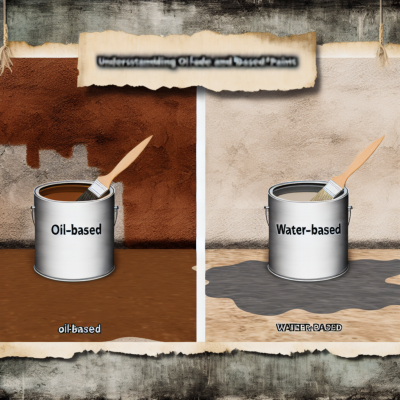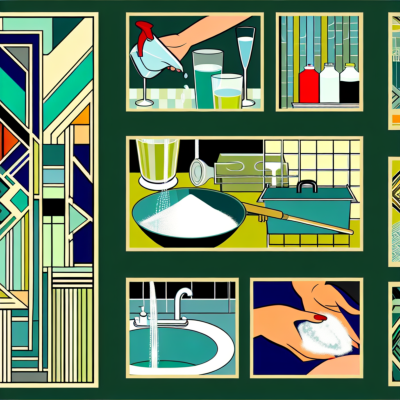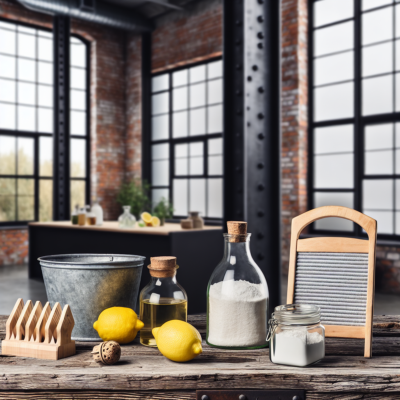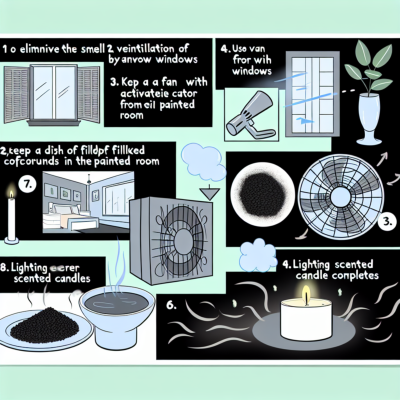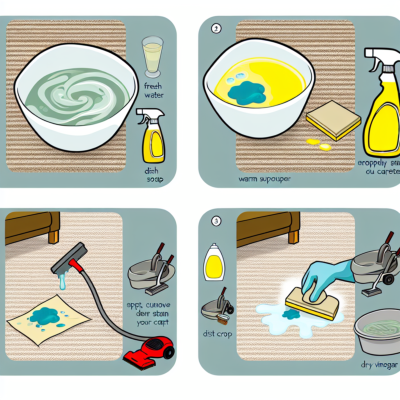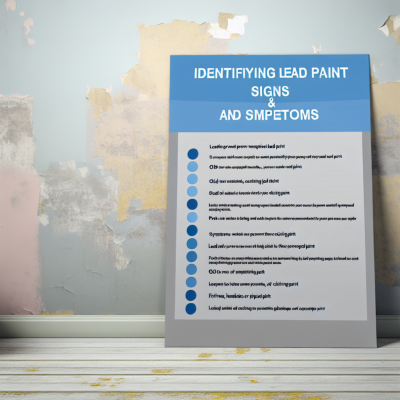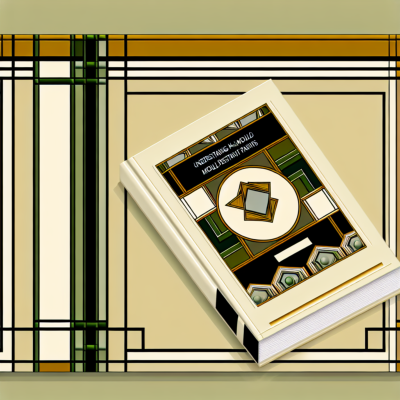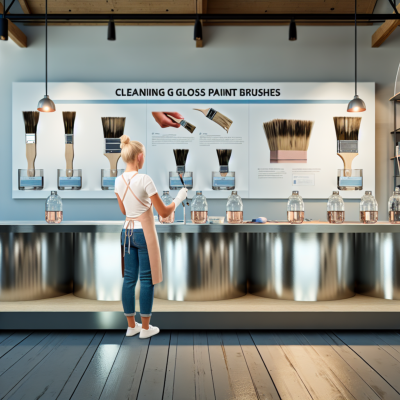Painting mdf paint surfaces like painting mdf cabinets or furniture can seem intimidating to DIYers unfamiliar with the right how to paint mdf techniques. With its smooth fiberboard construction prone to absorbing moisture, many wonder can you paint mdf effectively for a professional-looking finish. Fortunately, with the best paint for mdf and proper preparation like priming and sanding, anyone can learn how to paint mdf board pieces. This guide covers everything from painting mdf cabinets to choosing paint for mdf surfaces for flawless results. Follow these tips on how to paint on mdf board and paint mdf projects like an expert.
MDF, or Medium Density Fiberboard, is a versatile and popular material used in many woodworking projects. Its smooth surface and uniform density make it an ideal choice for painting. However, painting MDF surfaces can be a bit tricky if you don't know the proper techniques. In this expert guide, we will walk you through the steps to achieve a professional finish on your MDF projects.
222 angel number meaning
Preparation is Key: Before you start painting, it is crucial to prepare the MDF surface properly. MDF has a tendency to absorb moisture, which can cause it to swell and ruin your paint job. To prevent this, it is recommended to seal the MDF with a primer or sealer. Apply a thin coat of primer and let it dry completely before proceeding to the next step.
Sanding for a Smooth Finish: Once the primer has dried, it's time to sand the MDF surface. Sanding not only smooths out any imperfections but also creates a better surface for the paint to adhere to. Start with a coarse-grit sandpaper to remove any rough spots or bumps, and then gradually move to finer grits for a smoother finish. Be sure to sand in the direction of the wood grain to avoid damaging the surface.
Choosing the Right Paint: When it comes to painting MDF, using the right type of paint is essential. Water-based acrylic paints or oil-based paints are the most commonly used options. Acrylic paints are easy to work with, dry quickly, and are available in a wide range of colors. On the other hand, oil-based paints provide a more durable finish but require longer drying times. Whichever type of paint you choose, make sure to apply thin, even coats to avoid drips or brush marks.
By following these expert tips, you can achieve a flawless finish on your MDF projects. Remember to seal the MDF, sand the surface for smoothness, and choose the right type of paint. With a little patience and attention to detail, you'll be able to create stunning painted MDF surfaces that will last for years to come.
Preparing and Priming MDF for Painting
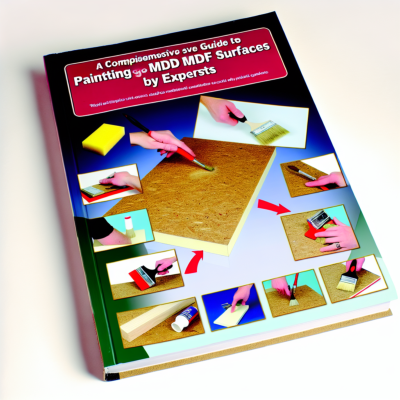
Before you start painting MDF surfaces, it is important to properly prepare and prime the material. This will ensure that the paint adheres well and provides a smooth and durable finish. Here are the steps to follow:
| Step 1: | Clean the MDF surface thoroughly to remove any dust, dirt, or grease. You can use a damp cloth or a mild detergent solution for this purpose. Make sure to dry the surface completely before proceeding to the next step. |
| Step 2: | Fill any imperfections or holes in the MDF with a wood filler. Use a putty knife to apply the filler and make sure to smooth it out evenly. Allow the filler to dry completely before sanding. |
| Step 3: | Sand the MDF surface lightly with fine-grit sandpaper. This will help to smooth out any rough edges or uneven areas. Be careful not to sand too aggressively as it can damage the surface. |
| Step 4: | Clean the surface again to remove any dust generated from sanding. You can use a tack cloth or a vacuum cleaner with a brush attachment for this purpose. Make sure the surface is completely dust-free before moving on. |
| Step 5: | Apply a coat of primer specifically designed for MDF surfaces. Use a brush or a roller to apply the primer evenly, following the grain of the wood. Allow the primer to dry according to the manufacturer's instructions. |
| Step 6: | Once the primer is dry, lightly sand the surface again with fine-grit sandpaper. This will help to create a smooth and even base for the paint. Clean the surface one final time to remove any dust. |
By properly preparing and priming MDF surfaces, you can ensure that your paint job will turn out beautifully and stand the test of time. Taking the time to follow these steps will result in a professional-looking finish that you can be proud of.
What is the best way to prime MDF before painting?
Priming MDF (Medium Density Fiberboard) before painting is essential to ensure a smooth and long-lasting finish. MDF is a porous material that can absorb paint unevenly, leading to a blotchy or streaky appearance. By properly priming the surface, you create a barrier that helps the paint adhere evenly and enhances its durability.
When it comes to priming MDF, there are a few different options to consider:
- Oil-based primer: Oil-based primers are known for their excellent adhesion and ability to seal porous surfaces like MDF. They provide a smooth base for paint and help prevent moisture from penetrating the wood. However, oil-based primers have a strong odor and require longer drying times.
- Water-based primer: Water-based primers are a popular choice for MDF because they have a low odor, dry quickly, and are easy to clean up. They also provide good adhesion and help seal the porous surface. Look for a primer specifically formulated for MDF to ensure the best results.
- Shellac-based primer: Shellac-based primers, such as those made from dewaxed shellac, are another option for priming MDF. They provide excellent adhesion, seal the surface effectively, and block stains. However, shellac-based primers can be more expensive and may require additional coats for full coverage.
Before applying the primer, it's important to prepare the MDF surface properly. Start by sanding the surface with fine-grit sandpaper to smooth out any rough areas and create a better bonding surface. Remove any dust or debris with a tack cloth or a damp cloth.
Next, apply the primer using a brush or a roller, following the manufacturer's instructions. Make sure to cover the entire surface evenly, including the edges and corners. Allow the primer to dry completely before applying the paint.
Choosing the right primer for your MDF project is crucial for achieving a professional-looking finish. Consider the type of paint you'll be using and the desired outcome when selecting the primer. By taking the time to properly prime your MDF, you'll ensure a beautiful and long-lasting paint job.
How do you prepare MDF edges for painting?
When it comes to painting MDF surfaces, it's important to properly prepare the edges to ensure a smooth and professional finish. Here are some steps you can follow to prepare MDF edges for painting:
- Sand the edges: Start by sanding the edges of the MDF to smooth out any rough areas or imperfections. Use a fine-grit sandpaper and sand in a back-and-forth motion until the edges are smooth to the touch.
- Fill any gaps: If there are any gaps or holes in the edges of the MDF, use a wood filler to fill them in. Apply the filler with a putty knife, making sure to smooth it out and remove any excess. Allow the filler to dry completely before moving on to the next step.
- Apply a primer: Before painting, apply a coat of primer to the MDF edges. This will help the paint adhere better and provide a more even finish. Use a brush or a roller to apply the primer, making sure to cover the edges completely. Allow the primer to dry according to the manufacturer's instructions.
- Sand the edges again: Once the primer is dry, lightly sand the edges of the MDF again. This will help smooth out any brush or roller marks and ensure a seamless paint job. Use a fine-grit sandpaper and sand in a circular motion until the edges are smooth.
- Paint the edges: Finally, it's time to paint the MDF edges. Use a brush or a roller to apply the paint, making sure to cover the edges evenly. Apply multiple thin coats for a more durable finish, allowing each coat to dry before applying the next one. Once the paint is dry, your MDF edges will be ready to showcase a beautiful and professional-looking finish.
By following these steps, you can effectively prepare MDF edges for painting and achieve a flawless result. Remember to take your time, be patient, and pay attention to detail for the best outcome.
Selecting the Best Paints and Techniques for MDF

When it comes to painting MDF surfaces, it's important to choose the right paints and techniques to ensure a smooth and durable finish. MDF, or medium-density fiberboard, is a popular choice for furniture and interior projects due to its affordability and versatility. However, its smooth and porous surface can present challenges when it comes to achieving a professional-looking paint job. Here are some tips to help you select the best paints and techniques for painting MDF.
First and foremost, it's crucial to use a primer specifically designed for MDF surfaces. MDF has a high level of absorbency, and using a primer will help seal the surface, prevent the paint from soaking in unevenly, and ensure better adhesion. Look for a primer that is compatible with both the paint you plan to use and the type of MDF you are working with.
Next, choose a high-quality paint that is suitable for MDF surfaces. Acrylic latex paints are a popular choice due to their durability and ease of use. They dry quickly, provide good coverage, and are available in a wide range of colors. Oil-based paints can also be used, but they tend to have a longer drying time and may require additional ventilation due to their strong odor.
When it comes to painting techniques, it's best to use a combination of brush and roller. Start by using a brush to cut in around the edges and corners, and then use a roller to apply the paint to the larger flat surfaces. This will help achieve a smooth and even finish. Be sure to apply thin coats of paint, allowing each coat to dry completely before applying the next. Multiple thin coats will provide better coverage and a more professional-looking result than one thick coat.
In addition to selecting the right paints and techniques, it's also important to prepare the MDF surface properly before painting. Sand the surface lightly with fine-grit sandpaper to smooth out any imperfections and create a better surface for paint adhesion. Be sure to remove any dust or debris before applying the primer and paint.
By selecting the best paints and techniques for MDF, you can achieve a high-quality finish that will enhance the beauty and durability of your project. Taking the time to properly prepare the surface and apply thin, even coats of paint will ensure a smooth and professional-looking result. With the right materials and techniques, painting MDF surfaces can be a rewarding and enjoyable process.
What kind of paint is best for MDF?
When it comes to painting MDF surfaces, it's important to choose the right type of paint that will adhere well and provide a long-lasting finish. Here are some of the best paint options for MDF:
- Acrylic paint: Acrylic paint is a popular choice for MDF surfaces due to its versatility and durability. It is water-based, dries quickly, and provides a smooth and even finish. Acrylic paint also comes in a wide range of colors, making it easy to achieve the desired look for your MDF project.
- Latex paint: Latex paint is another excellent choice for painting MDF. It is also water-based and provides a durable finish. Latex paint is available in various sheens, such as flat, satin, and gloss, allowing you to choose the level of shine you prefer for your MDF surface.
- Oil-based paint: Oil-based paint is a traditional option for painting MDF surfaces. It offers excellent durability and is resistant to wear and tear. However, oil-based paint has a longer drying time and emits strong fumes, so proper ventilation is necessary when using it.
- Spray paint: Spray paint can be a convenient option for painting MDF, especially if you have intricate or hard-to-reach areas. Spray paint provides a smooth and even finish and is available in a wide range of colors. However, it is important to use spray paint in a well-ventilated area and apply multiple thin coats for the best results.
Before painting MDF, it is recommended to prime the surface to ensure better adhesion and a smoother finish. Use a high-quality primer specifically designed for MDF surfaces, and follow the manufacturer's instructions for application.
Remember to always prepare the MDF surface properly before painting by sanding it lightly and removing any dust or debris. This will help the paint adhere better and result in a more professional-looking finish.
Overall, the best kind of paint for MDF depends on your specific project and desired finish. Consider the factors such as drying time, durability, and ease of application when choosing the paint for your MDF surface.
How do you get the perfect paint finish on MDF?
Getting the perfect paint finish on MDF can be a challenge, but with the right techniques and preparation, you can achieve a smooth and professional-looking result. Here are some tips to help you get started:
- Sand the surface: Before painting MDF, it's crucial to sand the surface to remove any rough patches and create a smooth base for the paint. Start with a coarse-grit sandpaper to even out the surface, then switch to a finer grit for a smoother finish.
- Fill any imperfections: MDF is prone to absorbing moisture, which can cause it to swell and create imperfections on the surface. Before painting, fill any holes, dents, or cracks with a wood filler and sand them down until they are level with the rest of the surface.
- Prime the MDF: MDF has a porous surface that can absorb paint unevenly, resulting in a blotchy finish. To prevent this, apply a coat of primer specifically designed for MDF. This will seal the surface and provide a smooth base for the paint.
- Choose the right paint: When painting MDF, it's important to use the right type of paint. Acrylic latex paint is a popular choice as it dries quickly, has low levels of volatile organic compounds (VOCs), and provides good coverage. Make sure to use a high-quality paintbrush or foam roller for a smooth application.
- Apply multiple thin coats: Instead of applying one thick coat of paint, it's better to apply multiple thin coats. This will help to prevent drips and ensure an even coverage. Allow each coat to dry completely before applying the next one.
- Sand between coats: To achieve an ultra-smooth finish, sand the surface lightly between coats of paint. This will help to remove any brush marks or imperfections and create a seamless finish.
- Protect the paint: Once the paint has dried completely, consider applying a clear topcoat or sealer to protect the finish from scratches and wear. This will also give the MDF a glossy or satin sheen, depending on your preference.
By following these steps and taking your time, you can achieve the perfect paint finish on MDF. Remember to always work in a well-ventilated area and wear appropriate safety gear, such as a dust mask and goggles, when sanding or painting.
Step-by-Step Guide to Painting MDF Cabinets and Furniture
MDF cabinets and furniture are a popular choice for homeowners due to their affordability and versatility. However, painting MDF surfaces can be a bit tricky if you don't follow the right steps. In this guide, we will walk you through the process of painting MDF cabinets and furniture, from preparation to finishing touches.
Step 1: Prepare the Surface
Start by preparing the MDF surface for painting. Use sandpaper to smooth out any rough edges or imperfections. Wipe away any dust or debris with a damp cloth. It's important to have a clean and smooth surface for the paint to adhere properly.
Step 2: Apply Primer
Next, apply a coat of primer to the MDF surface. Choose a primer specifically designed for MDF to ensure proper adhesion. Use a brush or roller to apply an even coat of primer, making sure to cover all areas. Allow the primer to dry completely before moving on to the next step.
Step 3: Fill and Sand
If there are any visible gaps, holes, or imperfections on the MDF surface, use wood filler to fill them in. Once the filler is dry, use sandpaper to smooth out the filled areas. Sand the entire surface lightly to create a smooth and even finish.
Step 4: Apply Paint
Now it's time to apply the paint. Choose a high-quality paint that is suitable for MDF surfaces. Use a brush or roller to apply an even coat of paint to the MDF cabinets or furniture. Start with thin coats and allow each coat to dry before applying the next one. This will help prevent drips and ensure a smooth finish.
Step 5: Add Additional Coats
Depending on the color and finish you desire, you may need to apply multiple coats of paint. Allow each coat to dry completely before adding another one. This will help achieve a solid and vibrant color on your MDF cabinets or furniture.
Step 6: Apply a Protective Finish
Once the paint is dry, consider applying a protective finish to the MDF surface. This will help protect the paint from chipping or scratching. You can choose between a clear varnish, lacquer, or polyurethane. Apply the protective finish according to the manufacturer's instructions and allow it to dry completely.
Step 7: Reassemble and Enjoy
Finally, reassemble your MDF cabinets or furniture and enjoy your newly painted pieces. Take care when handling the painted surfaces to avoid scratching or damaging the finish. With proper preparation and painting techniques, your MDF cabinets and furniture can look brand new and add a fresh touch to your space.
Remember to follow these steps carefully and take your time to achieve the best results when painting MDF cabinets and furniture. With patience and attention to detail, you can transform your MDF surfaces into stunning pieces that will enhance the beauty of your home.
How do you paint MDF step by step?
Painting MDF (Medium Density Fiberboard) surfaces is a straightforward process that requires careful preparation and attention to detail. By following these step-by-step instructions, you can achieve a smooth and professional-looking paint finish on your MDF project.
| Step 1: Prepare the MDF surface |
| Start by ensuring that the MDF surface is clean and free from any dust or debris. Use a soft cloth or tack cloth to wipe away any loose particles. Fill any visible holes or imperfections with wood filler and sand the surface smooth using fine-grit sandpaper. Wipe away the sanding dust with a clean cloth. |
| Step 2: Apply a primer |
| Apply a coat of primer to the MDF surface using a paintbrush or roller. Make sure to choose a primer that is suitable for MDF, such as a water-based primer. Allow the primer to dry completely according to the manufacturer's instructions. Sand the primed surface lightly with fine-grit sandpaper to create a smooth and even base for the paint. |
| Step 3: Choose the right paint |
| Select a high-quality paint that is specifically formulated for MDF surfaces. Water-based paints are generally recommended for MDF due to their low odor and quick drying time. Consider using a paint with a satin or semi-gloss finish for a durable and attractive result. |
| Step 4: Apply the paint |
| Apply the paint to the MDF surface using a paintbrush or roller. Start with a thin and even coat, making sure to cover the entire surface. Allow the first coat to dry completely before applying additional coats. Depending on the desired color and coverage, you may need to apply multiple coats of paint. |
| Step 5: Sand and smooth |
| Once the final coat of paint has dried, lightly sand the surface with fine-grit sandpaper to remove any imperfections or brush marks. Wipe away the sanding dust with a clean cloth. |
| Step 6: Apply a topcoat (optional) |
| If desired, you can apply a clear topcoat to protect the painted MDF surface and enhance its durability. Choose a water-based polyurethane or acrylic sealer and apply it according to the manufacturer's instructions. Allow the topcoat to dry completely before using or handling the painted MDF. |
| Step 7: Enjoy your painted MDF |
| Once the topcoat is dry, your painted MDF project is ready to be enjoyed or used as desired. Take care to avoid excessive moisture or harsh cleaning agents, as these can damage the paint finish. With proper care, your painted MDF surfaces can maintain their beauty and durability for years to come. |
Sealing and Finishing MDF for Durability and Aesthetics
MDF (Medium Density Fiberboard) is a versatile and cost-effective material that is commonly used in furniture, cabinetry, and interior design projects. However, due to its composition, MDF surfaces require proper sealing and finishing to ensure durability and enhance their aesthetics.
When left unsealed, MDF is susceptible to moisture, which can cause it to swell and warp over time. Additionally, MDF has a porous surface that can absorb paint unevenly, resulting in a blotchy and unattractive finish. Therefore, it is crucial to seal the MDF before applying any paint or finish.
The first step in sealing MDF is to sand the surface using fine-grit sandpaper. This helps to smooth out any rough edges or imperfections and creates a better surface for the sealer to adhere to. After sanding, it is important to remove any dust or debris from the surface using a tack cloth or a soft brush.
Next, apply a coat of primer specifically designed for MDF. The primer acts as a sealant, preventing moisture from penetrating the surface and providing a smooth base for the paint or finish. It is recommended to use a high-quality primer that is compatible with MDF and offers good adhesion.
After the primer has dried, it is time to apply the desired paint or finish. Acrylic paint is a popular choice for MDF surfaces, as it offers a durable and long-lasting finish. It is important to apply multiple thin coats of paint, allowing each coat to dry completely before applying the next. This helps to achieve an even and smooth finish.
In addition to sealing and painting, applying a clear finish to the MDF surface can further enhance its durability and aesthetics. A clear finish, such as polyurethane or varnish, provides an extra layer of protection against moisture, scratches, and UV rays. It also adds depth and richness to the color, giving the MDF surface a more polished and professional look.
When applying the clear finish, it is important to follow the manufacturer's instructions and apply thin, even coats. Sanding between coats can help to achieve a smoother finish. Additionally, using a brush or foam applicator designed for finishes can help to minimize brush strokes or streaks.
In conclusion, sealing and finishing MDF surfaces is essential for their durability and aesthetics. Properly sealing the MDF with a primer prevents moisture absorption and ensures a smooth base for paint or finish. Applying multiple thin coats of paint and a clear finish enhances the appearance and provides added protection. By following these steps, you can achieve a beautiful and long-lasting finish on your MDF projects.
What is the most durable finish for MDF?
When it comes to choosing a finish for MDF surfaces, durability is often a top priority. MDF, or Medium Density Fiberboard, is a popular choice for furniture and other woodworking projects due to its affordability and versatility. However, MDF can be prone to damage from moisture, scratches, and general wear and tear.
To ensure the longevity of your MDF surfaces, it is important to choose a durable finish that provides protection and enhances the appearance of the wood. One of the most durable finishes for MDF is a two-part epoxy resin. Epoxy resin is a type of synthetic material that creates a hard and protective coating when cured.
Applying an epoxy resin finish to your MDF surfaces can provide several benefits. First, it creates a strong barrier that protects the wood from moisture, preventing warping and swelling. This is especially important for MDF, as it is more susceptible to moisture damage compared to solid wood.
In addition to moisture resistance, epoxy resin also offers excellent scratch and impact resistance. This makes it an ideal choice for MDF surfaces that are subject to heavy use or potential damage, such as kitchen cabinets or tabletops. The hard and durable nature of epoxy resin helps to prevent scratches and dents, keeping your MDF surfaces looking new for longer.
Furthermore, epoxy resin can be easily customized to achieve the desired aesthetic for your MDF surfaces. It is available in a wide range of finishes, including clear, glossy, satin, and matte. You can also add pigments or dyes to create unique colors and effects. This versatility allows you to not only protect your MDF surfaces but also enhance their appearance.
When applying an epoxy resin finish to MDF surfaces, it is important to follow the manufacturer's instructions and use proper safety precautions. Epoxy resin typically requires mixing two components together and applying multiple coats for optimal durability. Proper ventilation and protective equipment, such as gloves and goggles, should also be used.
In conclusion, if you are looking for the most durable finish for MDF surfaces, epoxy resin is a highly recommended option. Its moisture resistance, scratch and impact resistance, and customizable finishes make it an excellent choice for protecting and enhancing the longevity of your MDF projects.
What is the best thing to seal MDF with?
When it comes to sealing MDF surfaces, there are several options available. However, the best thing to seal MDF with is a primer or sealer specifically designed for this type of material.
MDF, or Medium Density Fiberboard, is a type of engineered wood made from wood fibers and resin. It is known for its smooth and uniform surface, but it is also notorious for its absorbent nature. If left unsealed, MDF can easily soak up moisture, leading to swelling, warping, and ultimately, damage.
To prevent this from happening, it is crucial to seal MDF before painting or applying any other finish. A primer or sealer designed for MDF will not only seal the surface but also create a smooth and durable base for paint or other topcoats.
When choosing a primer or sealer for MDF, look for products that are specifically labeled for use on this material. These products are often water-based and provide excellent adhesion to MDF surfaces. They also help to minimize the absorption of moisture, ensuring the longevity and durability of the finished project.
Before applying the primer or sealer, it is essential to properly prepare the MDF surface. This involves sanding the surface with fine-grit sandpaper to smooth out any rough spots or imperfections. It is also recommended to wipe down the surface with a clean cloth to remove any dust or debris.
paint for upvc doors
Once the MDF surface is properly prepared, apply the primer or sealer according to the manufacturer's instructions. This usually involves using a brush or roller to apply an even coat over the entire surface. Allow the primer or sealer to dry completely before proceeding with the painting or finishing process.
By sealing MDF with a primer or sealer designed for this material, you can ensure that your project will have a professional and long-lasting finish. It will also help to protect the MDF surface from moisture and other potential damages, allowing you to enjoy your project for years to come.
With the right mdf paint products and preparation techniques, painting mdf can yield beautiful, professional-quality results. Now that you know the essentials of how to paint mdf —from sanding and priming to choosing the best paint for mdf and applying smooth finishes—you can feel confident taking on painting mdf cabinets or paint mdf furniture projects. Remember, sealing the surface properly before adding paint for mdf is key, as is using thin, even coats of high-quality paint. Follow this comprehensive how to paint mdf board guide and you’ll achieve stunning painted mdf cabinets and painted mdf board finishes that stand the test of time. So don’t be intimidated by MDF—embrace the opportunity to paint mdf cabinets with your unique style using these pro how to paint on mdf board techniques.
Read more:
- How to paint aluminium
- open a can without a can opener
- how to get slime out of clothes
- how to get rid of paint smell
- how to get water out of iphone
- pinata ideas
- how to get sunscreen out of fabric
- things to do in summer
- washing soda vs baking soda
- paint peeling in bathroom
- paint for upvc doors
- mould resistant paint
- painting after removing wallpaper
- things to do as a couple
- sandpaper grades
- baking soda and vinegar cleaning
- how to hack key fob doors apartment
- how to paint a garage door
- can you paint laminate floors
- oil based paint for walls
- what is emulsion paint
- how to clean gloss paint brushes
- laundry detergent substitute
- how to antique a mirror
- how to get a bird out of your house
- how to remove rust from stainless steel
- how many fixer upper families still live in their homes
- apple tablet with pen
- how to clean white fabric shoe
- painting pine furniture
- how to test for lead paint
- top selling vintage items on etsy
- best places to live in texas
- The Magnificent Waco Castle
- how to balance a ceiling fan

